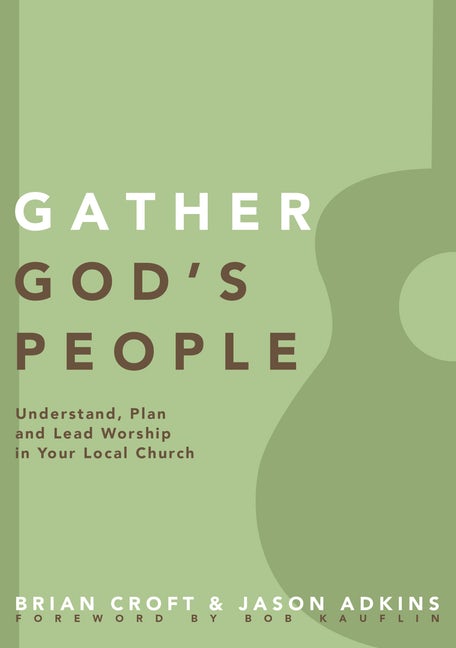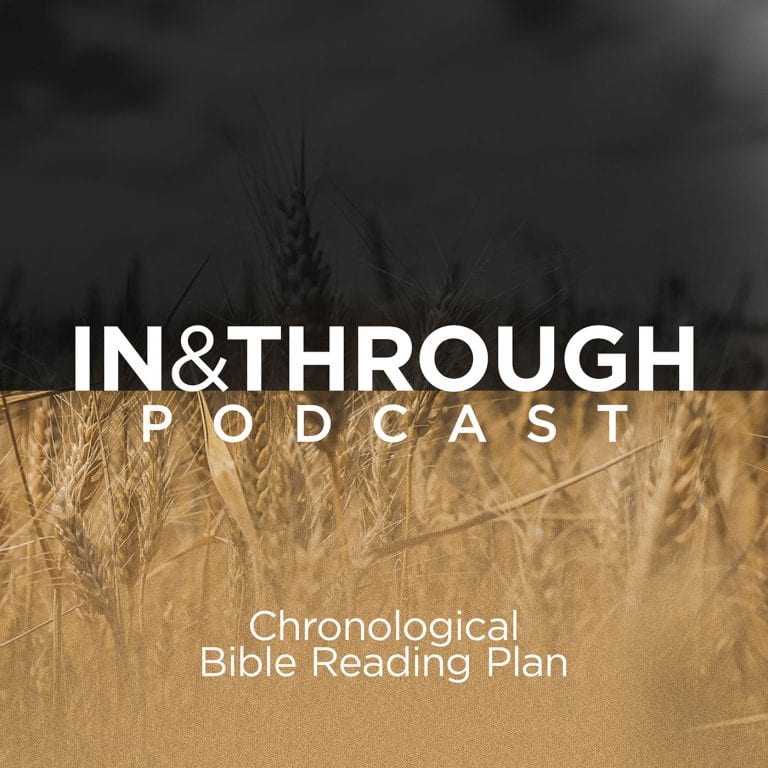Every Lord’s day, God’s people gather to worship the triune God. How we do this is of no small importance because worship of the resurrected Christ is of no small importance. Gather God’s People: Understand, Plan and Lead Worship in your Local Church by Brian Croft, and Jason Adkins provides a brief and practical help to those responsible for leading worship in the context of the local church. This brief (144 page) book is divided into three parts: Understanding Worship, Planning Worship, and Leading Worship.
Understanding Worship
The first part of the book focuses on understanding worship Biblically. All throughout Scripture, God is concerned and cares deeply about how he is to be worshipped. Because he cares about how he is worshipped, he has also provided instruction on how he should be worshipped. Since Scripture gives us commands to what worship is to look like, our worship services must be in submission to that Word.
It is God’s Word that shapes and forms the content of the church’s worship. The elements of worship must centre and be filled with the Word. Since the preaching of God’s word is the means of “unleashing the profitability of God’s word,” preaching is the centre and highlight of the service. Therefore, the rest of the worship service should support and complement the sermon.

Gather God’s People: Understand, Plan and Lead Worship in your Local Church
A biblical church, then: preaches the Word, reads the Word, prays the Word, sings the Word, and sees the Word in the ordinances of baptism and the Lord’s supper.
Planning Worship
Part two focuses on planning the worship service. The authors argue that the planning of the service should involve reading, praying, and singing the Word.
Scripture reading must have coherence with the content of the sermon; they must be used from a diversity of both Testaments and of the different genres, and must be natural points of transition. Passages should be chosen that are not hard to understand or ripped out of context.
There are also a variety of different prayers for corporate worship that must not be neglected. These include confessional, petition, praise, and pastoral. Like Scripture reading, the prayers offered in the worship service should not distract but compliment and support the content of the sermon.
The singing likewise needs to be shaped and have its content in the Word of God. Any song that violates the teachings of the Scripture therefore must be rejected. Since the gospel is the good news which the church is built on, we must have songs that vocalize the gospel and core belief that define its existence.
Leading Worship
The third part focuses on what it actually looks like to lead corporate worship. Sticking with the reading, praying, and singing, the author lays out practically what this looks like.
From reading in a loud clear voice so that everyone in the congregation is able to hear, understand, and follow along. To selecting Scriptures which can be understood without explanation.
These same skills also apply to leading prayer (loud, brief, understandable). The author encourages times of silence for the purpose of introspection and communicates a seriousness. Preparation is also important. One prepares by reflecting on the Scripture readings and sermon text which will help pray in a way that reflects the text/topic of the service, keeping it consistent.
Those who lead the singing of music likewise are to be qualified leaders with the credibility of the congregation. Musical worship ought to be congregational in nature since the New Testament instructs the church to sing and admonish one another. Musical worship is both horizontal and vertical—singing to God and to one another. Therefore, the one who is leading in musical worship ought to be amplified so that they can lead, yet the music and instruments ought not be overpowering to the point that the congregation cannot hear and sing to one another. Hearing one another’s voices “maximizes the function of edification in corporate worship” (104–105). Everything must be done by the leader to ensure that they are being faithful to God’s word in a way that is helpful, and edifying to those who are participating.
The final chapter nine ends with advice to ministers in leading the Baptism and communion. He incorporates the ordinances in the service and not at another time. The ordinances should have a proper introduction in order to prepare God’s people to seriously partake and examine themselves
Disagreement
The only real disagreement I had with the author was his conviction of male-only leadership for musical worship. Though I share in complementarian convictions, I am not convinced that this is the same kind of position at the elder, who preaches and has authority in which should be submitted to and has the responsibility to oversee, guard and protect one’s soul.
Overall, I found Gather God’s People to be a helpful and refreshing resource and tool which helped to sharpen my own understanding of what it looks like to Biblically function as the church gathers to worship.
But planning a service takes thoughtful, prayerful, and laborious work and must done with diligence, thought, and prayer. All of the content aimed for one goal. And we must resist the sin sliding into laziness and be slothful, instead “long for God’s Word to overwhelm us each Sunday, [as] we leverage every moment of the service to that end” (74).
As an Amazon Associate, TGCC earns from qualifying purchases.























